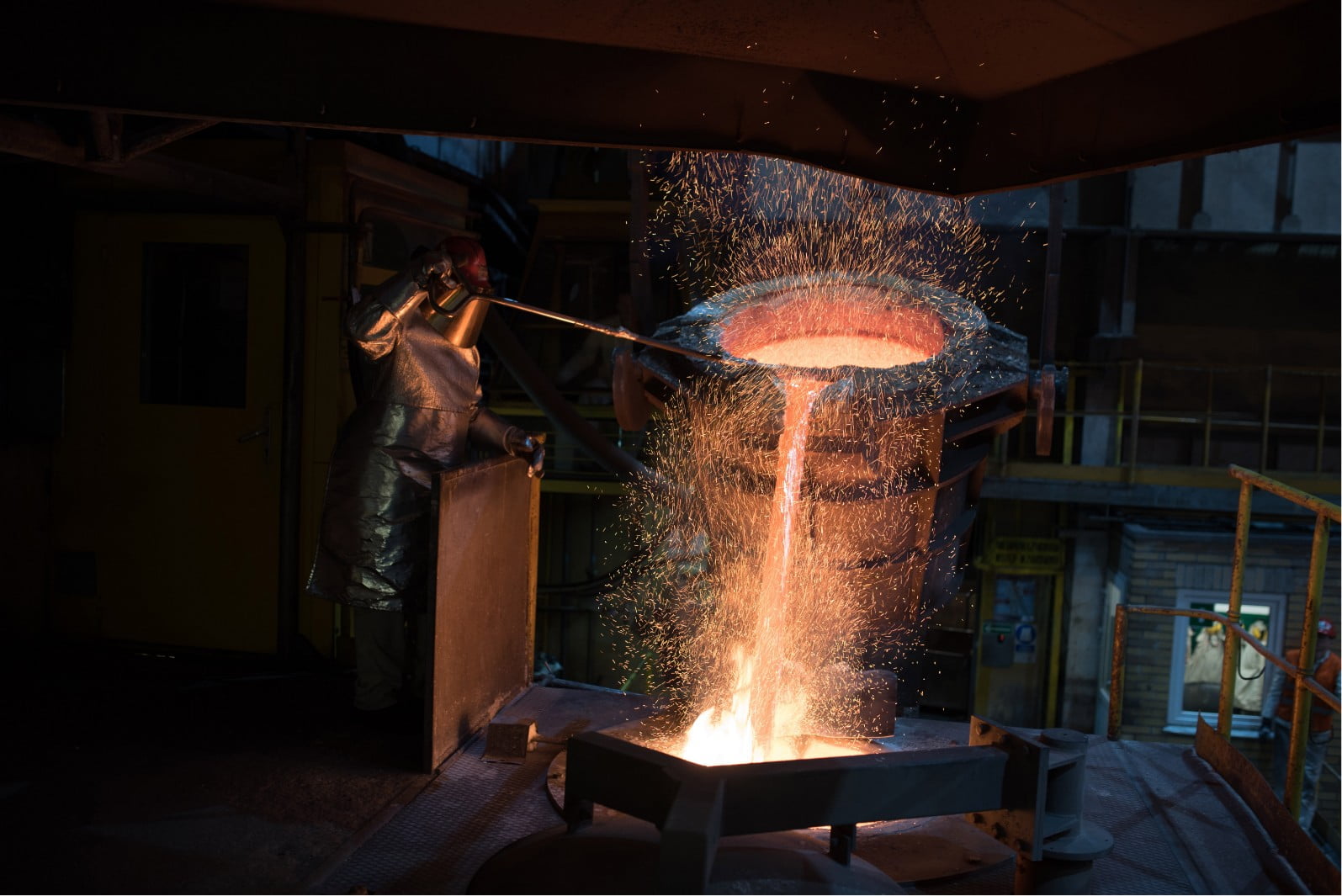The provision for future decommissioning costs of mines and other technological facilities is recognised based on the estimated expected costs of decommissioning of such facilities and of restoring the sites to their original condition following the end of operations, which are made on the basis of ore extraction forecasts (for mining facilities), and technical-economic studies prepared either by specialist firms or by the Parent Entity.
In the case of surface mines, certain actions and costs may influence the scope of restoration work, such as costs of hauling barren rock, incurred during mine life and due to its operations, are recognised as operating costs being an integral part of the production process and are therefore excluded from costs that are a basis of calculating the provision for mine decommissioning.
Revaluation of this provision is made in two stages:
- estimation of the costs of decommissioning mines to the current value in connection with the change in prices using the price change indices of construction-assembly production published by the Central Statistical Office.
- discounting of the decommissioning costs to the current value using effective discount rates calculated based on the nominal interest rates and the inflation rate (quotient of the nominal rate and the inflation rate), whereby:
- the nominal interest rate in the Parent Entity is based on the yield on treasury bonds at the end of the reporting period, with maturities nearest to the planned financial outflow; in the KGHM INTERNATIONAL LTD. Group – is the rate of return on investments in ten- and twenty-year treasury bills of the US Federal Reserve and the rate of return on investments in five–year treasury bonds issued by the governments of Canada and Chile.
- the inflation rate is based on the forecast of future inflation used in the calculation of future employee benefits liabilities.
Discount rates (nominal and inflation) are set separately for future periods, i.e. one, two and three years, and jointly for periods from the fourth year, provided that the effective discount rate cannot be lower than 0% (zero%).
A change in the discount rate or in the estimated decommissioning cost adjusts the value of the relevant item of a fixed asset, unless it exceeds the carrying amount of the item of a fixed asset (any surplus above this amount is recognised in other operating income).
The increase in the provision due to the time lapse is recognised in finance costs.

